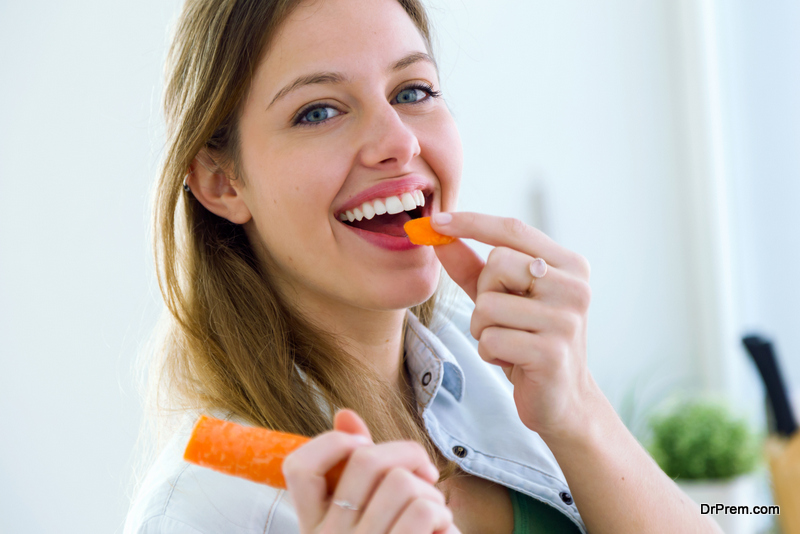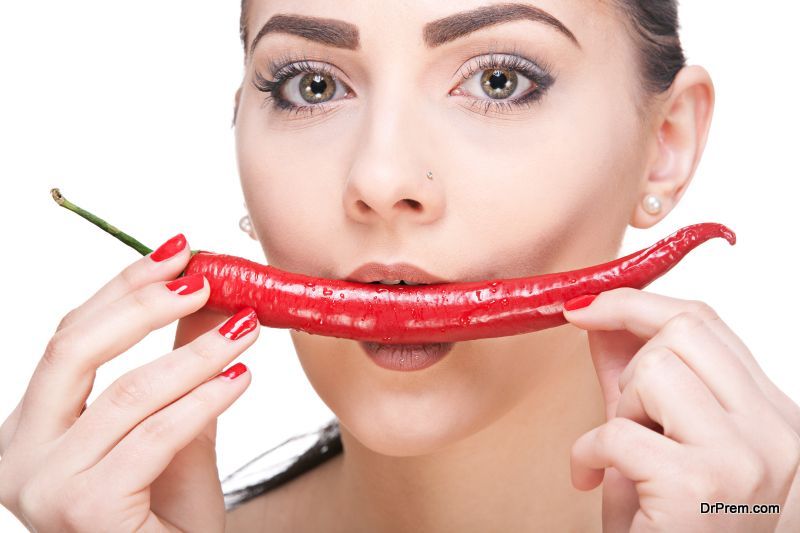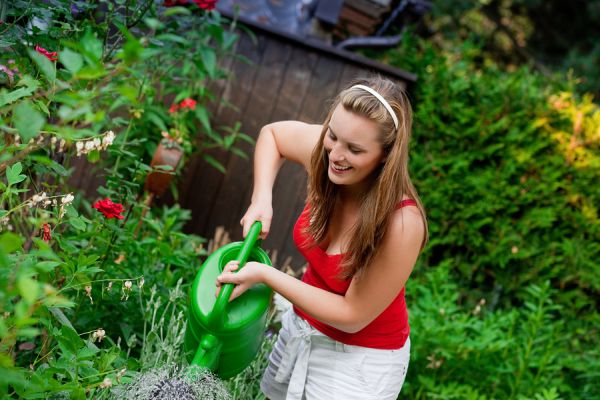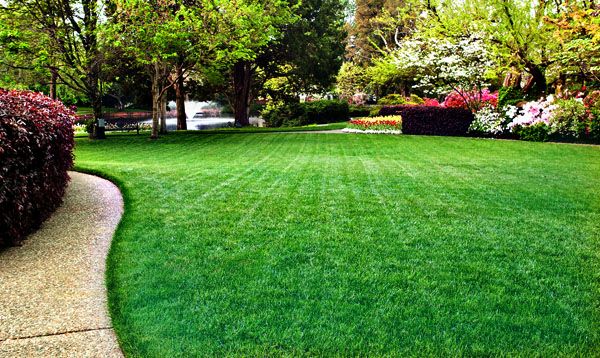Fruits and vegetables are known to be the main catalysts of improving and maintaining our health. Most of them are rich in vitamins and minerals which helps out body to fight against health related disorders and diseases. But with the advancement in technology, the use of chemicals has increased over the crops, which has developed an urgent need to make fruits and vegetables pesticide free.
According to the environment protection agency of the United States, pesticides are used for controlling disease carriers and pests like mice, rats, ticks and mosquitoes. They are also used for controlling diseases, insect infestations and weeds. The two main types of pesticides are herbicides and insecticides.
Evidences have proved that a large exposure to pesticides elevates the risk of chronic diseases including:
- Asthma, COPD
- Reproductive disorders and birth defects
- Neurological diseases like ALS, Alzheimer and Parkinson
- Diabetes and cancer
Nearly every farmer, even the organic farmer uses some pesticides over his produce of fruits and vegetables as they are faced with diseases, insects and weeds.
Constant efforts are made to make people aware of the level of chemical exposure in the fresh farm produce. For the success of this mission, we have listed down a shopper’s guide for the most and least contaminated vegetables and fruits under the classification of Dirty dozen and clean fifteen. Here it is:
Dirty Dozen:
Imported Nectarines
Sweet bell pepper
Potato
Peach
Hot pepper
Strawberry
Spinach
Tomatoes
Cucumber
Celery
Cherry
Apples
Clean fifteen:
Frozen sweet peas
Pineapple
Papaya
Grapefruit
Eggplant
Sweet corn
Mushrooms
Sweet potatoes
Kiwi
Mangoes
Onions
Cantaloupe
Asparagus
Avocado
Now we should know how to wash vegetables and fruits in order to remove bacterial residue.
There are several commercial ways of washing available in the market. But is there any way of cleaning naturally? Yes of course there is!
Most of us usually wash the fresh farm produce using cold running water. This method is good to make fruits and vegetables pesticide free. But several other liquids like baking soda water, vinegar water, or salt water are better to remove bacterial residue than the pure water.
3 simple steps to make fruits and vegetables pesticide free
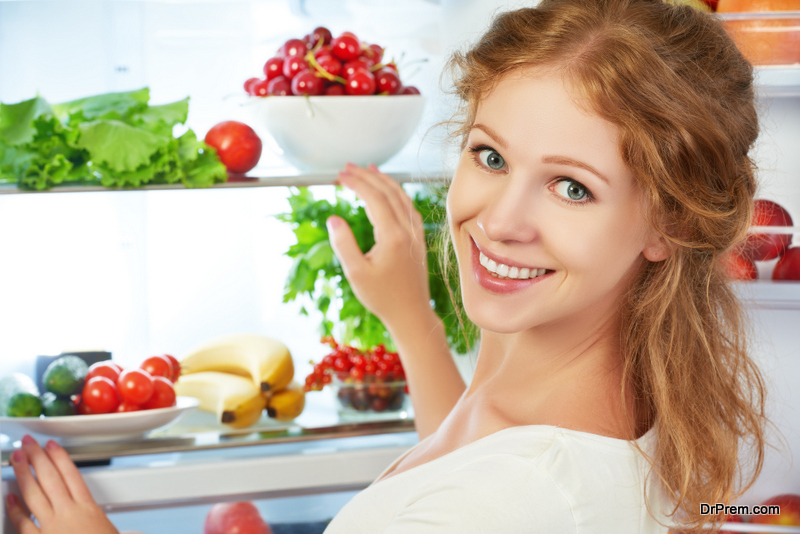 Here is a few simple recipes of cleaning naturally the fruits and vegetables:
Here is a few simple recipes of cleaning naturally the fruits and vegetables:
- Sink and wash techniques: This technique is best in case you want to make fruits and vegetables pesticide free. Fill the sink with white vinegar and salt water in 1:3. Experts say that the acetic acid present in the white vinegar has the capacity of killing up to 98% bacteria and dissolves other chemicals along with the wax present over the skin of vegetables and fruits.
- Fill a large bowl or sink with the vinegar and water solution. Stir it well.
- Keep the vegetables and fruits in the wash. By keeping the temperature same of both fruits- vegetables and water the risk of shock for the soft skinned vegetables and fruits will be reduced.
- Allow their soaking for 15 minutes
- Air dry them or wipe them by using a fresh soft cloth or towel. You may also give an extra rinse in the purified water.
- Homemade spray: Make your homemade spray to make fruits and vegetables pesticide free. Follow the below stated procedure:
- In a spray bottle, put 2 tablespoons of lemon juice, a cup of purified water and 2 tablespoon of white vinegar.
- Shake the solution before use.
- Spray over the produce generously.
- Rub by using your hands for 20 to 30 seconds or by using a vegetable brush.
- Rinse them by using water.
- Peel and trim: Peeling and trimming is the most effective way of reducing the chemical residue in the fresh food. But it is not suitable for no- skin foods. Both contact and systemic pesticides can be removed from the food surface by peeling and trimming.
- Baking soda solution: Baking soda solution has been regarded as the best method of removing pesticides both from the skin and beneath the skin of apples.
- Mix one ounce of baking soda with 100 ounces of water.
- Soak the fruits fro 12- 15 minutes to remove the pesticides completely.
How to clean vegetables using baking soda?
- To clean leafy vegetables: To clean leafy vegetables, fill up a salad spinner with green veggies and fill it up with water. Add a teaspoon of baking soda to it and mix it well. Soak the green veggies well for a minute. Dump, swish, rinse and then spin dry. In case you do not have a salad spinner, add the green veggies, baking soda and water to a bowl and soak them. Drain them in a strainer, rinse and pat dry using a clean kitchen or paper towel.
- For mushrooms: Most of the chefs just wipe out the mushrooms using a damp cloth. But to clean mushrooms properly, gently scrub the mushrooms by using a mushroom brush and rinse them thoroughly under clean running water. Dry the mushrooms afterwards using a paper or kitchen towel.
- For other veggies: Fill water in a large bowl and add a teaspoon of baking soda in it. Add some of the veggies to be washed. Soak them for one or two minutes. Scrub them using a brush and finally rinse them.
How to wash fruits using baking soda?
Fruits with smooth skin such as cherries, nectarines and apples can be washed using baking soda in the same way as veggies are washed. Berries are to be rinsed in cold water in a mesh strainer. Pat dries them gently using a paper or kitchen towel before eating. Never rinse the berries when you bring them home as this could increase the mold, microflora, spoilage and moisture. Thus the best way is to rinse them just before you eat.
Eating fresh fruits and vegetables is the best therapy one can do to keep his health safe. But take a step forward and do your best to clean them. This could be something very good for yourself and your health.


